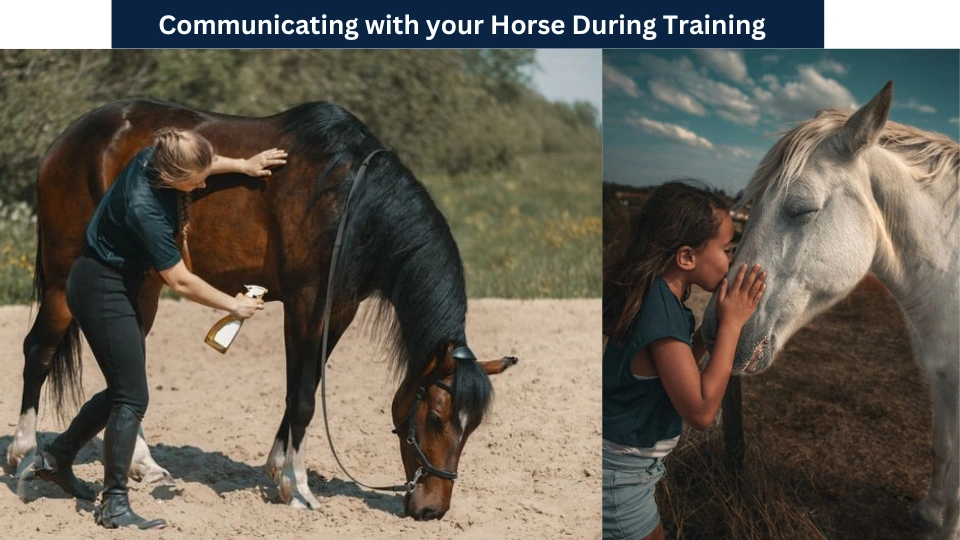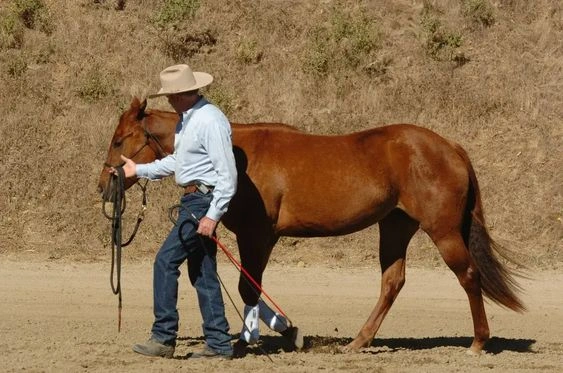Last Updated on March 11, 2024 by Aftab Tariq
Communicating with your Horse During Training, para-rider Lily Roberts adapts to riding despite her right leg below the knee.
With her right thigh tied to the saddle and a whip in hand, she shows resilience. Trainer Chrissa Hoffmann praises Lily’s skill, noting the extra effort needed for alignment and communication without both legs.
Katie Jackson and her horse Scrabble went to a horse show at the World Equestrian Center in Ocala, Florida. They’ve been practicing together since Katie bought Scrabble from Hoffmann in November 2020.
“Hoffmann explains that right now, the focus is on understanding that a skilled Grand Prix horse has many complex parts, like gears and buttons, that need careful adjustment”
We’re helping Katie by making sure her horse keeps a steady trot because sometimes he gets too excited. Since he’s good at dressage, Katie needs to be careful not to use too many half-halts, or he might start doing a type of trot that doesn’t fit well with his style.
“Hoffmann mentioned something else unique to Katie: her horse can move a lot and has a big stride. So, Katie has been working hard to improve her position in the saddle, focusing on using her seat to control the horse’s larger movements.”
Katie Jackson has become skilled at riding mainly using her seat, effectively managing the bigger movements of her Grand Prix horse Scrabble. © Stephanie J. Ruff .
About Chrissa Hoffmann
Chrissa Hoffmann is recognized as an accomplished Grand Prix rider with experience at the international level, having been under consideration for the U.S.
Equestrian Team in 2009. She holds bronze, silver, and gold medals from the U.S. Dressage Federation. Furthermore, she operates CFH Dressage, which is based in Vero Beach, Florida.
As the lesson progresses, Hoffmann offers valuable advice that applies to all riders, not just those with disabilities.
Tips for Communicating with your Horse During Training
Learn simple yet effective tips to improve communication with your horse during training, boosting your partnership and performance while riding. Here are 20 key points she shares.
I am a dedicated content writer with more than five years of experience, particularly skilled in the art of storytelling. My writing journey commenced during my college years, where I pursued journalism and unearthed my talent for creating captivating narratives.



